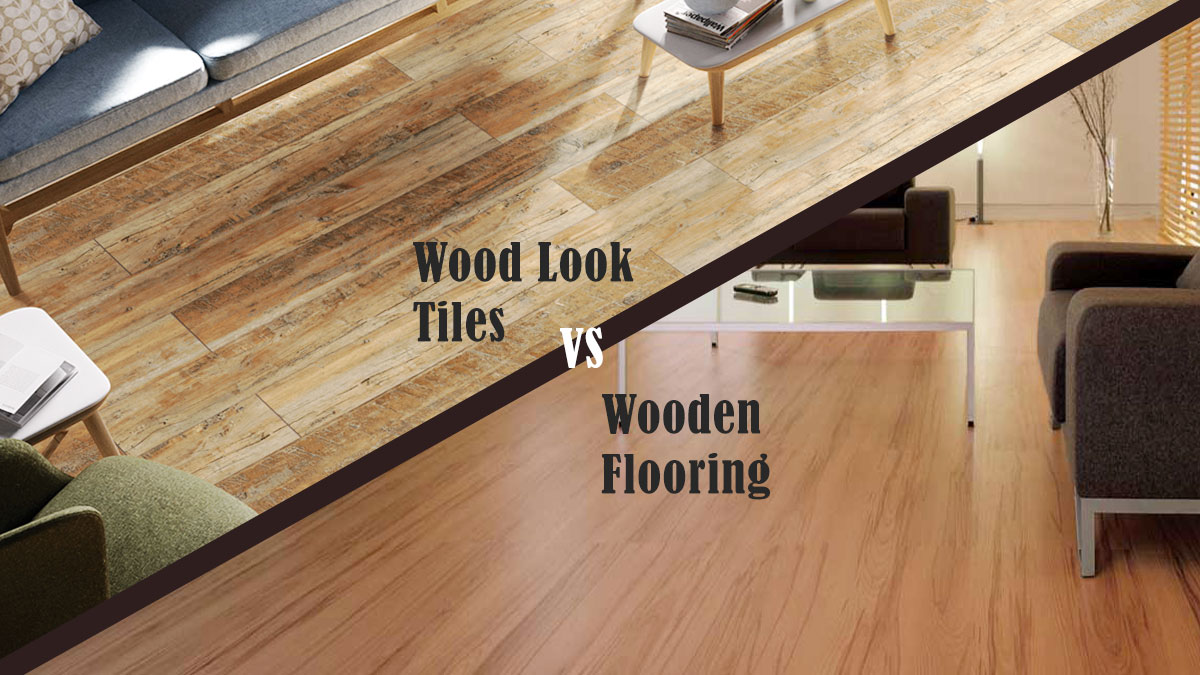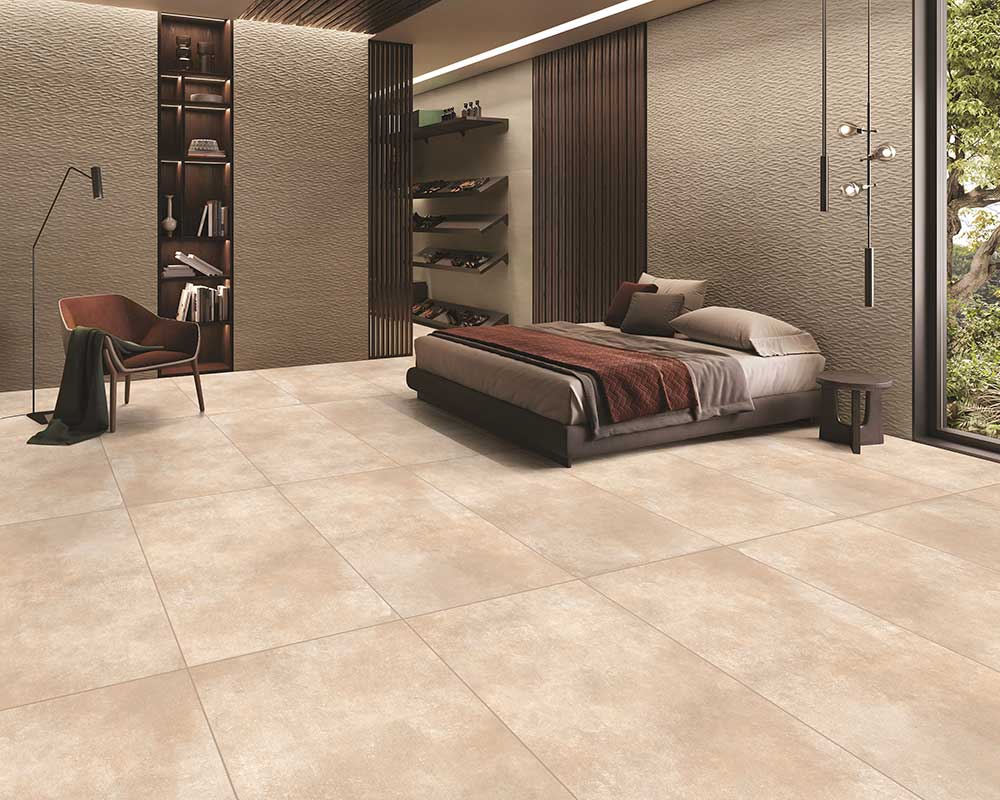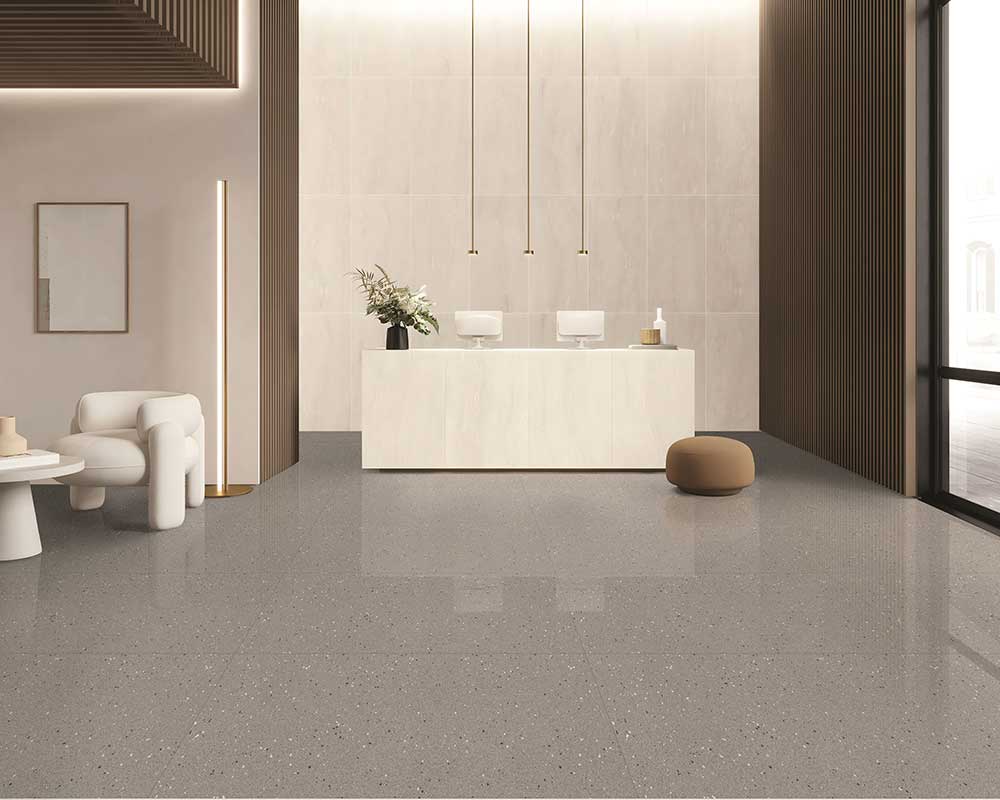
Wooden Floor vs. Wooden Tiles: A Comprehensive Comparison
When it comes to choosing the perfect flooring for your home, the debate between wooden floors and wooden tiles often arises. Both options offer distinct advantages and can dramatically enhance the aesthetics and functionality of your living spaces. In this blog post, we’ll delve into the key differences, benefits, and considerations for both wooden floors and wooden tiles to help you make an informed decision.
Wooden Floors
Natural Beauty and Warmth
Wooden floors are renowned for their natural beauty and warmth. Made from solid hardwood or engineered wood, they bring a timeless elegance to any room. The rich textures and grains of natural wood create a cozy and inviting atmosphere, making them a popular choice for living rooms, bedrooms, and dining areas.
Durability and Longevity
Solid hardwood floors are incredibly durable and can last for decades if properly maintained. They can be sanded and refinished multiple times to restore their original appearance, making them a long-term investment. Engineered wood floors, made from layers of wood veneer, are also highly durable and more resistant to moisture and temperature fluctuations than solid wood.
Environmental Considerations
Choosing sustainable wood sources and eco-friendly finishes can make wooden floors an environmentally conscious option. Many manufacturers offer certified sustainable wood products, ensuring that your flooring choice supports responsible forest management.
Maintenance and Care
Wooden floors require regular maintenance to preserve their appearance and longevity. This includes sweeping or vacuuming to remove dirt and debris, and occasional polishing or refinishing to maintain their shine. It’s important to protect wooden floors from excessive moisture and scratches by using area rugs and furniture pads.
Wooden Tiles
Versatility and Variety
Wooden tiles, often made from ceramic or porcelain with a wood-look finish, offer incredible versatility. They come in a wide range of designs, colors, and textures, mimicking the appearance of natural wood while providing additional design flexibility. Wooden tiles can be used in areas where traditional wood might not be suitable, such as bathrooms, kitchens, and outdoor spaces.
Durability and Moisture Resistance
One of the significant advantages of wooden tiles is their durability and resistance to moisture. Unlike natural wood, wooden tiles are impervious to water, making them an excellent choice for areas prone to humidity and spills. They are also resistant to scratches and stains, requiring less maintenance than wooden floors.
Ease of Maintenance
Wooden tiles are easy to clean and maintain. Regular sweeping and mopping are sufficient to keep them looking new. There’s no need for refinishing or special treatments, making them a low-maintenance flooring option. Their resistance to moisture and stains makes them ideal for busy households and high-traffic areas.
Cost Considerations
Wooden tiles are generally more affordable than solid hardwood floors, both in terms of material cost and installation. While high-end wooden tiles can be pricey, they often provide a cost-effective alternative to natural wood, especially in moisture-prone areas where wood might not be practical.
Making the Right Choice
Consider Your Lifestyle
When choosing between wooden floors and wooden tiles, consider your lifestyle and the specific needs of your household. If you have pets, children, or high-traffic areas, the durability and low maintenance of wooden tiles might be more suitable. For rooms where you want to emphasize warmth and natural beauty, wooden floors could be the better option.
Assess the Room’s Functionality
Think about the functionality of each room. Wooden tiles are ideal for bathrooms, kitchens, and basements due to their moisture resistance. Wooden floors are perfect for living rooms, bedrooms, and dining areas where you want to create a cozy and elegant ambiance.
Budget and Long-Term Investment
Evaluate your budget and long-term investment goals. Wooden tiles can offer a cost-effective solution with minimal maintenance, while wooden floors, though more expensive, provide a timeless appeal and can increase the value of your home.
Conclusion
Both wooden floors and wooden tiles have unique advantages that cater to different needs and preferences. Wooden floors offer unmatched natural beauty and longevity, while wooden tiles provide versatility, durability, and ease of maintenance. By considering your lifestyle, room functionality, and budget, you can make an informed decision that enhances the beauty and functionality of your home. Whether you choose the classic elegance of wooden floors or the practical benefits of wooden tiles, you’ll be adding a touch of sophistication and style to your living spaces.

